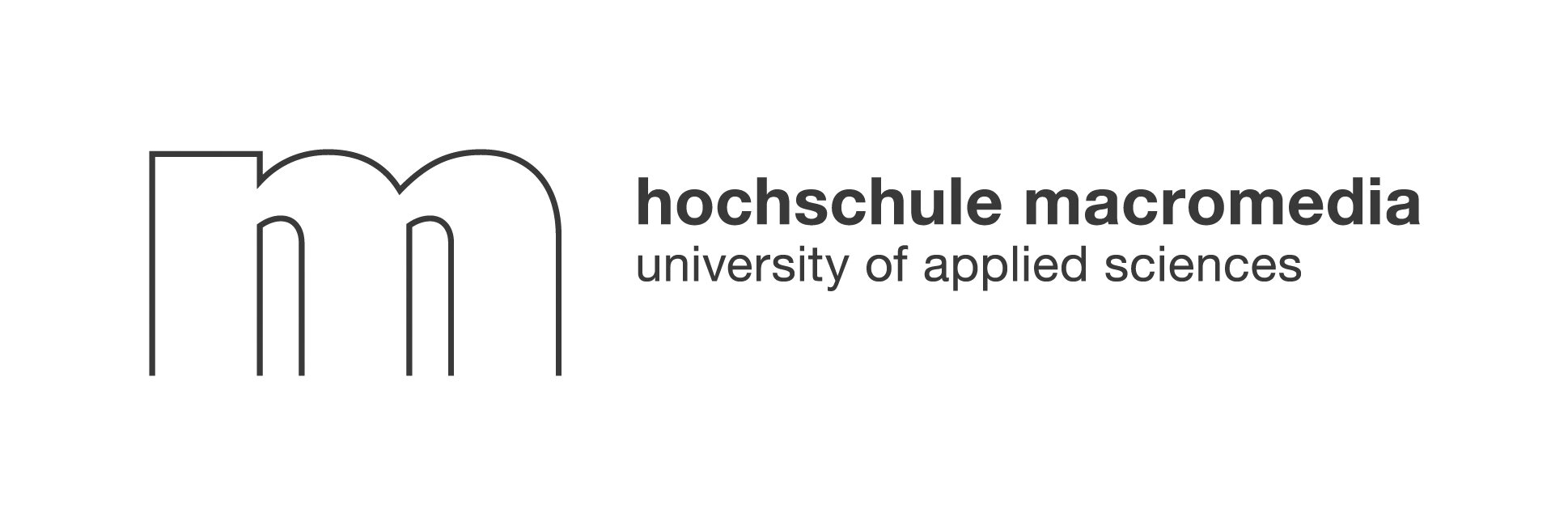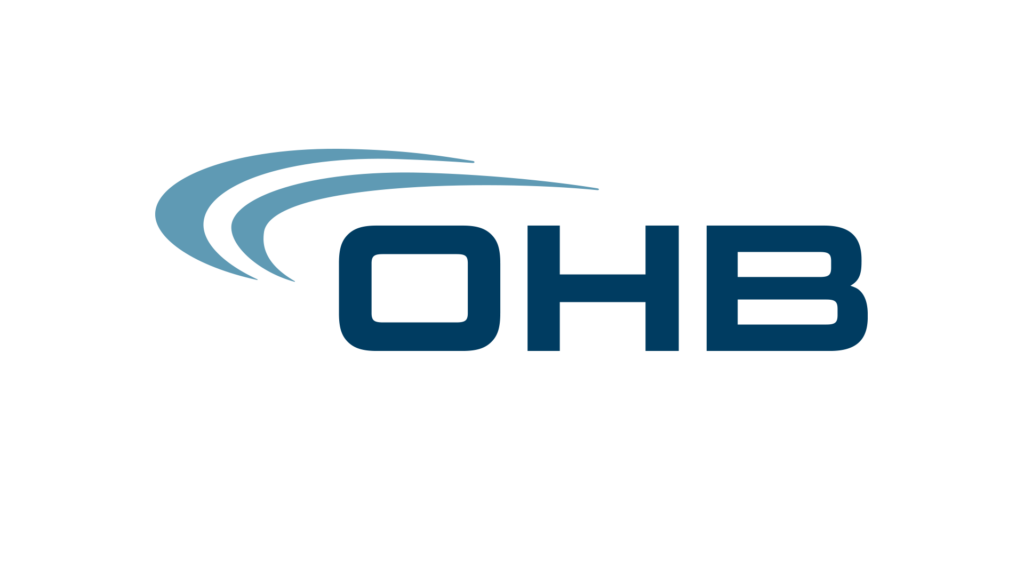How do you build a workplace where employees feel both safe and connected? The challenge of creating a secure community: balancing privacy and connectivity in the workplace is more urgent than ever. Employees demand protection for their data and personal space, yet innovation and teamwork rely on seamless sharing and collaboration. Get the balance wrong, and you risk disengagement, legal trouble, or even costly security breaches. But get it right, and your organization can thrive with trust, productivity, and genuine engagement. This article unpacks the paradox and lays out a four-pillar framework, with practical steps and future-proof strategies for every team.
For a deeper dive into employee data privacy, see our Privacy in Employee Data: A 2025 HR Playbook.
Understanding the Modern Privacy–Connectivity Paradox
Why Data Protection and Teamwork Often Clash
In today's digital-first offices, privacy and teamwork are often at odds. Employees need to know their personal data and conversations are secure. At the same time, teams must share information quickly to innovate and make decisions. The rise of remote and hybrid work has only intensified this tension. Sensitive data now flows across home networks, personal devices, and cloud platforms, making both privacy breaches and collaboration barriers more likely.
The paradox is clear: too much privacy can create silos and slow down progress. Too little, and you risk data leaks or a culture of mistrust. According to research from Steelcase, only 13% of workers worldwide feel both highly engaged and satisfied—a signal that many workplaces have yet to strike the right balance. (See Gallup's State of the Global Workplace for more on global engagement trends.)
Learn more about Building Community in a Hybrid Work Environment and how connection can be fostered even in distributed teams.
The Cost of Getting the Balance Wrong
When companies lean too far in either direction, the fallout is real. Excessive surveillance, for example, can erode trust and morale. A study by the Center for Urban Economic Development found that nearly half of warehouse workers felt under constant watch, leading to stress and even pressure to work faster at the expense of safety. On the flip side, lax controls can result in data breaches, regulatory fines, and damaged reputations. The H&M case in Germany, where illegal employee monitoring led to a €35 million GDPR fine, is a stark reminder.
A key takeaway from our study is that the open plan isn't to blame any more than reverting to all private offices can be a solution. There is no single type of optimal work setting. Instead, it's about balance.
— Donna Flynn, Director, Steelcase WorkSpace Futures
The bottom line: organizations must design systems, spaces, and cultures that protect privacy without stifling the connections that drive business forward.
Pillar 1 – Governance: Policies That Build Trust and Compliance

Crafting Clear Privacy Guidelines Employees Actually Read
Policies are the foundation of creating a secure community: balancing privacy and connectivity in the workplace. Yet, many privacy guidelines are dense and ignored. To build trust, companies must write policies in plain language, defining what data is collected, how it's used, and who can access it.
Effective policies should:
- Clearly define "sensitive data" and outline specific handling procedures.
- List approved communication channels for various information types.
- Specify protocols for meetings, emails, and chats.
Regular training and visible reminders help ensure these policies are not just documents, but living practices.
Navigating Regional Laws: GDPR, CCPA, and Beyond
Laws like the GDPR in Europe and CCPA in California set strict standards for employee data protection. Companies must have a lawful basis for processing data, such as contract performance or legal obligation. Employees have rights to access, correct, or delete their data, and organizations must respond to requests quickly—within 30 to 45 days depending on the region.
For more on GDPR and European privacy standards, visit the European Data Protection Board.
Global teams face extra complexity, as cross-border data transfers require special safeguards like Standard Contractual Clauses. The safest route is to comply with the strictest applicable law and keep employees informed about where their data goes.
Transparency Tactics That Defuse Surveillance Fears
Transparency is the antidote to suspicion. Employees should know what data is collected, why, and how long it's retained. For example, if video surveillance is used, explain its purpose—such as safety or dispute resolution—and offer anonymized viewing options when possible.
Trust is built over time and can be eroded quickly; organizations should be transparent about what kinds of data they are capturing and how it's being used.
— Simon Randall, CEO, Pimloc
Open feedback channels and regular privacy updates help defuse fears and foster a culture of accountability.
Pillar 2 – Technology: Choosing Tools That Encrypt, Integrate, and Empower
Discover The Rise of Privacy-Conscious Employee Benefits for more on how organizations can offer perks while protecting sensitive data.
Must-Have Security Features for Messaging and File Sharing
The right technology can make or break the balance between privacy and connectivity. Essential features include:
- End-to-end encryption: Protects messages and files in transit and at rest.
- Granular access controls: Allows only authorized users to view or edit sensitive content.
- Integrated platforms: Combining chat, email, and file sharing reduces the risk of data leaks between tools.
User experience matters, too. Platforms should be easy to navigate, so security never becomes a productivity blocker.
Role-Based Access Controls vs. Productivity Blockers
Role-based access control (RBAC) is key to limiting exposure without slowing down work. By assigning permissions based on job function, companies ensure only those who need sensitive data can access it. But beware of over-restriction—if employees constantly hit roadblocks, they may resort to insecure workarounds.
A balanced RBAC strategy includes:
- Regular reviews and updates as roles change.
- Temporary access for project-based needs.
- Clear escalation paths for access requests.
Vetting Third-Party Vendors in a Hybrid World
Hybrid work means more reliance on external platforms. Every third-party tool is a potential privacy risk. Before onboarding, review vendor security certifications, data handling practices, and compliance with laws like GDPR or CCPA.
For practical advice on hybrid work, see our Hybrid Work Best Practices: A Modern Guide to Thriving Anywhere and Stanford WFH Research for the latest data on remote and hybrid work trends.
| Criteria | Why It Matters | What to Look For |
|---|---|---|
| Data Encryption | Protects information in transit & storage | End-to-end, at-rest, in-transit |
| Access Control | Limits exposure to sensitive data | RBAC, MFA, audit trails |
| Compliance Certifications | Ensures legal alignment | ISO 27001, SOC 2, GDPR/CCPA support |
| Data Retention Policies | Reduces unnecessary risk | Clear deletion/retention timelines |
| Incident Response | Prepares for breaches | Documented plans, quick notification |
Neroia, for example, integrates with existing programs while prioritizing privacy, using anonymized data for analytics and keeping employee information secure within a closed community.
Pillar 3 – Space Design: Zoning for Focus, Collaboration, and Well-being
See how Building a Thriving Community: Integrating Employee Benefits with Existing Workplace Programs can elevate both culture and ROI.
From Open Plan to Smart Neighborhoods
Physical workplace design plays a silent but critical role in creating a secure community: balancing privacy and connectivity in the workplace. The open-plan office, once hailed for promoting collaboration, often leads to distraction and stress. The solution isn't swinging back to cubicles, but creating "neighborhoods"—zones for quiet focus, confidential conversations, and open collaboration.
Workers who have choice and control over their environment are more satisfied and engaged. Flexible layouts let employees move between private nooks and social areas as their work demands.
Acoustic, Visual, and Digital Privacy Boosters
Boosting privacy in shared spaces requires creative solutions:
- Acoustic panels and sound-masking systems reduce noise distractions.
- Frosted glass, movable screens, and plant dividers offer visual privacy.
- Secure storage and digital lockers protect personal items and devices.
Digital privacy is just as important. Devices should lock automatically, and screens should have privacy filters in open spaces.
Case Example: Flexible Pods That Invite Connection Safely
Many companies now install flexible pods—modular spaces for phone calls, small-group meetings, or quiet work. These pods combine soundproofing, adjustable lighting, and secure Wi-Fi, making them ideal for both privacy and spontaneous connection.
Integrating elements of wellbeing into the open plan, such as shelter and privacy, an array of spaces and atmospheres to work from and social areas that bring co-workers together, all express to employees that their emotional, cognitive and physical needs are considered.
— Steelcase Workspace Futures
By offering a mix of spaces, organizations can support every work style while protecting privacy.
Pillar 4 – Culture: Training Teams to Own Security Daily
Security Awareness Beyond the Annual Slideshow
Policies and technology only work if people use them correctly. That's why building a security-aware culture is essential for creating a secure community: balancing privacy and connectivity in the workplace. Training should go beyond yearly presentations. Bite-sized, scenario-based learning helps employees recognize risks and respond effectively.
Gamified Drills and Phishing Simulations
Interactive, gamified drills keep security top-of-mind. Simulated phishing attacks, for example, teach employees to spot suspicious emails without real-world risk. Teams can compete for the fastest response times or highest accuracy, making learning engaging and memorable.
Reward Systems That Reinforce Mindful Sharing
Positive reinforcement is powerful. Recognize employees who report security issues or demonstrate good data stewardship. Rewards can range from digital badges to small perks or public acknowledgment in team meetings.
Best Practices for Fostering a Privacy-First Culture:
- Regular, interactive training sessions
- Open-door policy for reporting security concerns
- Recognition programs for privacy champions
These steps help make privacy a shared responsibility, not just an IT issue.
Measuring Success: KPIs for a Secure yet Connected Workforce

Quantifying Trust, Adoption, and Incident Rates
How do you know if your efforts are working? Measuring the right key performance indicators (KPIs) is vital. Useful metrics include:
- Employee trust scores from regular surveys
- Adoption rates of secure communication tools
- Number and severity of security incidents
A drop in incidents or an uptick in tool usage signals progress.
Using Privacy Audits and Pulse Surveys
Conduct regular privacy audits to ensure compliance and spot weak points before they become risks. Pulse surveys—short, frequent check-ins—gather real-time feedback on how employees feel about privacy and connectivity.
Iterating with Feedback Loops That Close Quickly
Listening is only half the battle. Act on feedback promptly to show employees their concerns matter. Here's an ordered list for closing the loop:
- Collect input through surveys or feedback channels.
- Analyze results for patterns or urgent issues.
- Communicate findings and planned actions to the team.
- Implement changes and monitor impact.
- Repeat the process regularly.
Open lines of communication are essential for catching privacy and accessibility concerns early. Setting up feedback channels gives team members an easy way to report issues, ensuring a quick response to any that need attention.
— Corporate Wellness Magazine
Future Trends: Creating a Secure Community Beyond 2025
AI Governance and Bias-Proof Monitoring
Artificial intelligence is reshaping the workplace, but it brings new risks. AI-driven monitoring and analytics can improve security but may introduce bias or erode trust if not managed transparently. Future-ready organizations will implement AI governance frameworks, including bias audits and human oversight for all automated decisions.
Privacy-Enhancing Technologies on the Horizon
Emerging privacy-enhancing technologies (PETs) are set to raise the bar. These include homomorphic encryption (processing data without decrypting it), federated learning (training AI models without sharing raw data), and advanced anonymization tools for video and audio streams.
Promising Privacy Technologies:
- Homomorphic encryption for secure data processing
- Federated learning for decentralized AI training
- Automated anonymization for surveillance and analytics
Adopting these tools can help organizations stay ahead of regulations and employee expectations.
Building Resilience for the Next Wave of Regulation
Regulations will only get stricter. The EU AI Act and similar laws are on the horizon, targeting AI transparency, biometric data, and cross-border transfers. Companies that build flexibility into their systems and prioritize privacy by design will be best positioned to adapt.
Neroia exemplifies this approach by offering a platform that seamlessly integrates privacy, adaptability, and employee-centric engagement—helping organizations foster secure, authentic connections without unnecessary friction.
Conclusion
Creating a secure community: balancing privacy and connectivity in the workplace is not a one-time project—it's an ongoing journey. By focusing on clear governance, smart technology, thoughtful space design, and a privacy-first culture, organizations can protect sensitive information while empowering people to connect and thrive. The future belongs to those who build trust, adapt quickly, and put employee well-being at the center of every decision. For teams seeking the best of both worlds, platforms like Neroia set the standard for secure, connected, and engaging workplaces.




